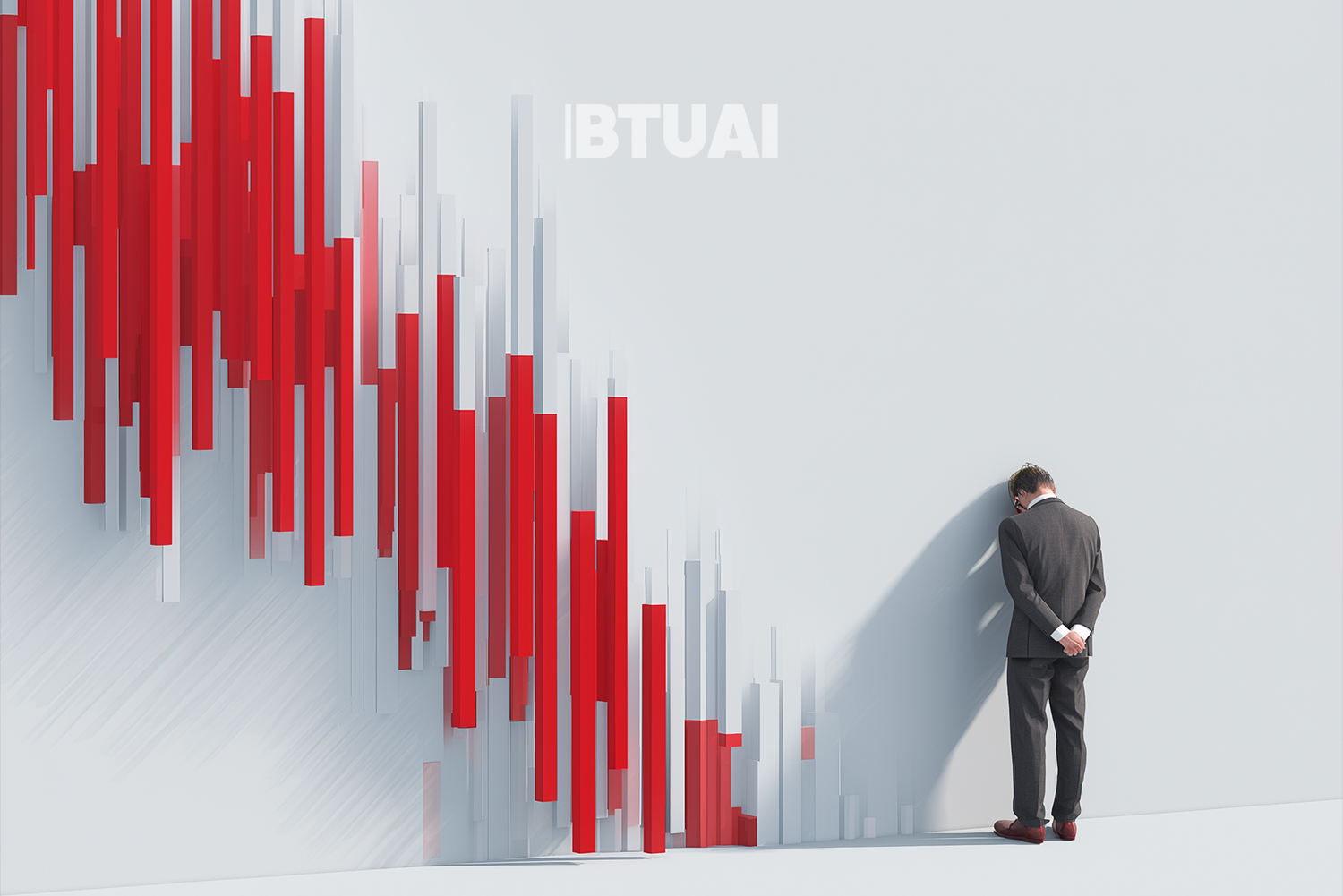How Loans Became an Economic Burden for the Georgian Population
In recent years, private lending in Georgia has entered an extremely saturated phase and now seems to evolve independently

In recent years, private lending in Georgia has entered an extremely saturated phase and now seems to evolve independently of global macroeconomic trends. As of March, nearly 1.9 million citizens had at least one loan — meaning the majority of Georgia’s working-age population is entangled in banking, microfinance, or pawnshop debt. However, this dry statistic only scratches the surface of a deeper crisis reflected in the real social impact of credit.
Nearly 370,000 people are unable to service their debts, meaning 1 in 10 Georgians has at least one problematic loan. Even more alarming, 1 in 5 borrowers is more than 30 days overdue — signaling a systemic trend of non-repayment. This isn’t a temporary or isolated issue; rather, it is steadily deepening and widening.
A large portion of Georgia’s non-performing loans has already been transferred to non-bank entities — debt collection companies. These firms often employ aggressive collection methods, exerting additional psychological and social pressure on the population. Currently, total problematic debt among individuals exceeds 2.7 billion GEL, turning loan defaults into a genuine threat to Georgia’s macroeconomic stability.
Despite the National Bank’s efforts to tighten lending regulations and strengthen oversight, over-indebtedness continues to expand. Particularly concerning is the fact that many loans in the non-banking sector come with high interest rates, trapping low-income borrowers in a seemingly endless debt spiral.
Amidst employment instability, an inefficient labor market, and rising inflation, many citizens simply have no choice — they are forced to rely on quick cash solutions, which push families into even deeper financial crises. This situation is exacerbated by the low level of financial literacy, leading to poor understanding of loan terms and inconsistent financial decisions.
A more long-term concern also emerges: a significant portion of the population may find itself excluded from formal financial services after landing on “blacklists” — rendering them ineligible for both bank loans and legal alternatives. This, in turn, boosts the influence of unregulated, shadow financial sectors, increasing systemic risk to the economy as a whole.
At this stage, over-indebtedness in Georgia is no longer just a personal financial problem. It represents a systemic risk that, if left unaddressed through adequate control and strategic solutions, could threaten both the social structure and the country’s economic sustainability.
Immediate steps must include not only stricter regulations, but also:
-
Widespread financial education
-
Debt restructuring programs
-
Social policies that reduce low-income dependency on credit products
Behind these statistics are real lives — for many, a loan is not merely a financial contract, but a harsh daily reality that becomes increasingly unbearable. And when every fifth borrower is delinquent, we’re no longer talking about individual hardship — we are facing a national-scale economic crisis.




